The Pacific Flyway, a vast aerial highway stretching from Alaska to Patagonia, serves as a critical migration route for millions of birds every year. This natural phenomenon has captivated birdwatchers, conservationists, and scientists alike, all seeking to understand the complex factors that drive birds to select this particular path. However, in our quest to decode avian migration patterns, we often fall prey to misconceptions and oversimplifications. This article explores common errors when analyzing why birds choose the Pacific Flyway, helping us develop a more nuanced understanding of one of nature’s most spectacular journeys.
Overlooking the Geographical Significance
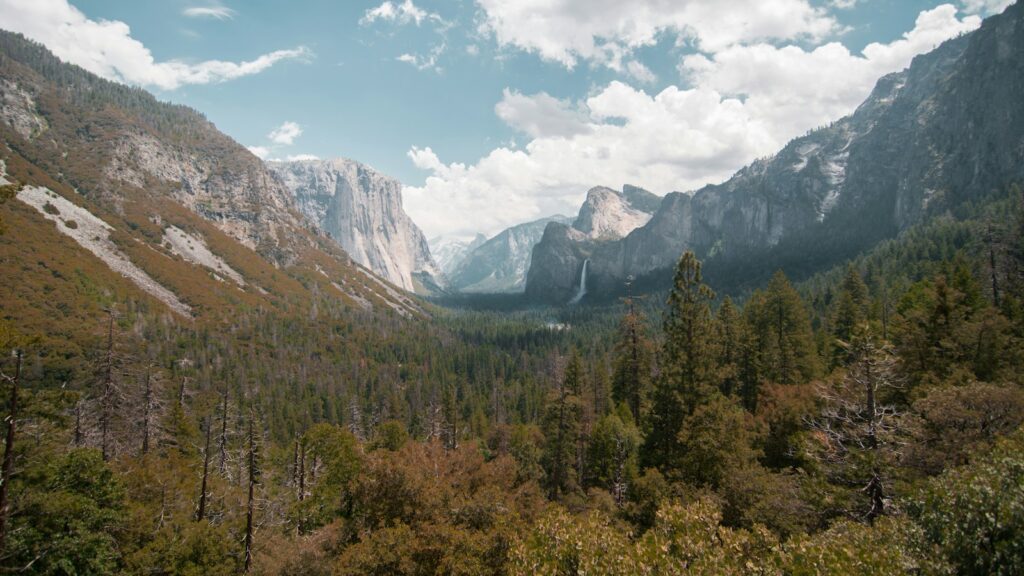
Many observers fail to appreciate the full geographical context that makes the Pacific Flyway so attractive to migratory birds. The flyway isn’t simply a north-south corridor but a complex network of habitats defined by mountain ranges, coastlines, and river valleys that create natural funnels and stopping points. Birds aren’t randomly selecting this route but responding to landscape features that have guided migrations for millennia. The Sierra Nevada and Cascade mountains to the east and the Pacific Ocean to the west create a natural corridor that channels birds through specific pathways, providing navigational landmarks and reliable habitat corridors. Understanding this geographic context is essential for grasping why certain species appear consistently along particular sections of the flyway.
Assuming All Birds Choose the Flyway for the Same Reasons
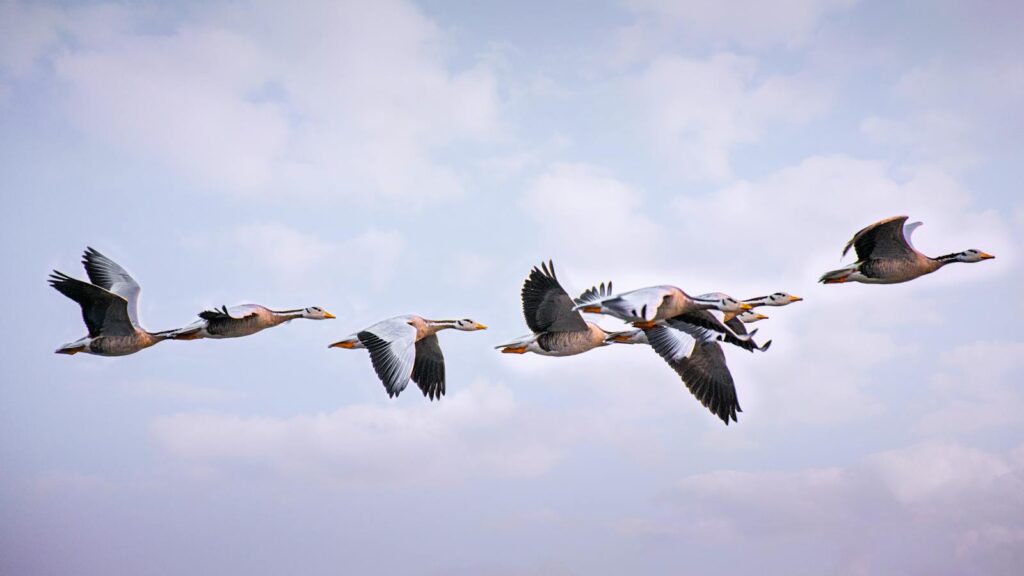
A fundamental error in analyzing the Pacific Flyway is assuming uniformity of purpose across different bird species. The reality is far more complex, with each species responding to a unique combination of evolutionary history, physiological constraints, and ecological needs. Shorebirds like sandpipers and plovers follow the coastline for its abundant tidal flats, while waterfowl may prioritize inland wetlands and agricultural fields. Raptors often exploit thermals along mountain ridges to conserve energy during migration. Some species, like the Arctic Tern, use the flyway as just one segment of a much longer global migration circuit. Recognizing this diversity of motivations helps explain the remarkable variety of birds that utilize the Pacific Flyway throughout the year.
Ignoring Historical Evolution of Migration Patterns

A significant oversight occurs when we fail to consider the historical development of migration routes over evolutionary timescales. Today’s Pacific Flyway patterns reflect adaptations that evolved over thousands of generations as birds responded to changing climates and landscapes. Many species developed their migration strategies during the retreat of the last ice age, when the landscape was dramatically different. These patterns became genetically encoded and culturally transmitted within bird populations, creating traditions that persist even as environments change. The resilience of these patterns speaks to their deep evolutionary roots, though they can also create challenges as birds encounter modern landscapes transformed by human activity. Understanding this historical dimension helps explain why some migration behaviors might appear suboptimal in today’s environment.
Underestimating the Role of Food Resources

Perhaps no factor is more critical to flyway selection than food availability, yet many analyses fail to fully account for this fundamental driver. Birds time their migrations to coincide with peak food abundance at specific locations along the flyway, creating a complex choreography of movement that tracks seasonal productivity. In spring, birds move north as insect populations explode and plants leaf out, while fall migrations often follow the ripening of berries and seeds. Coastal wetlands along the Pacific Flyway provide critical refueling stops for many species, rich in invertebrates, fish, and plant foods. Climate change is now disrupting these carefully evolved timing relationships, creating mismatches between bird arrivals and food availability that threaten migration success. Any comprehensive understanding of flyway selection must center these nutritional considerations.
Disregarding Weather Patterns and Climate

Weather patterns significantly influence both daily movements and seasonal timing along the Pacific Flyway, yet their impact is often underappreciated. Birds don’t simply follow a predetermined schedule but adjust their migrations in response to favorable or unfavorable conditions. Tailwinds can dramatically reduce energy expenditure during flight, while headwinds might ground entire flocks until conditions improve. Precipitation patterns affect both food availability and habitat quality at stopover sites. Climate change is now altering these weather patterns, shifting precipitation regimes and changing wind patterns in ways that create new challenges for migratory birds. Sophisticated tracking technologies now reveal how birds make tactical adjustments to their migrations in response to weather forecasts they somehow seem able to predict.
Failing to Consider Navigational Mechanisms
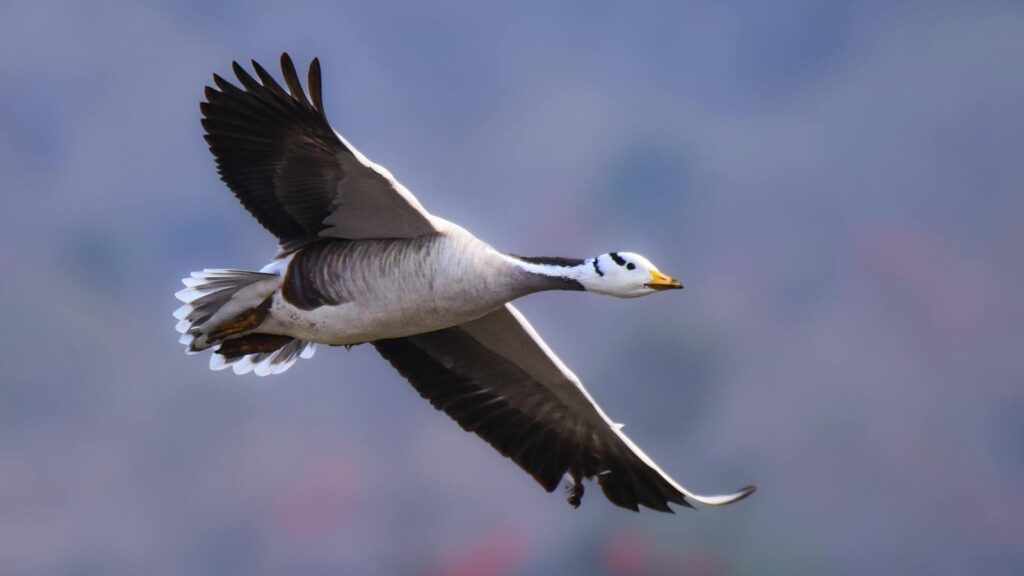
One critical oversight is neglecting the remarkable navigational abilities that enable birds to follow the Pacific Flyway with extraordinary precision. Birds employ multiple sensory systems to maintain their course, including celestial navigation using stars and the sun, magnetic field detection through specialized cells containing magnetite, visual landmark recognition, and even olfactory cues that create “smell maps” of familiar territory. Young birds on their first migration often learn routes from experienced adults, creating cultural transmission of migration knowledge. The Pacific Flyway’s geographical features provide consistent navigational references that have guided birds for countless generations. Without understanding these mechanisms, we cannot fully appreciate how birds select and maintain their migration routes despite challenges like inclement weather and habitat alteration.
Minimizing the Importance of Stopover Habitats
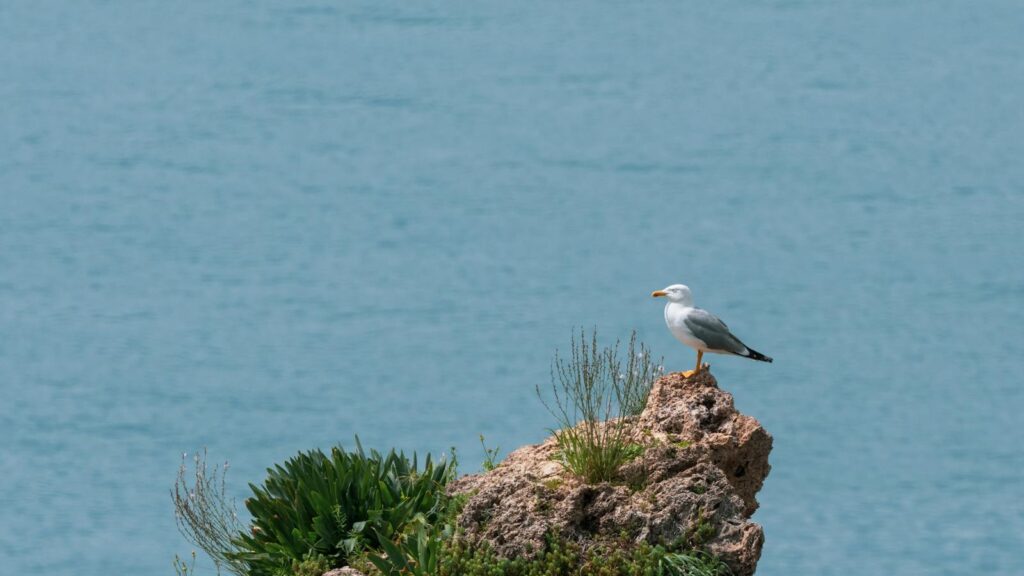
A fundamental error in flyway analysis is focusing exclusively on the endpoints of migration while undervaluing the critical stopover habitats that make long journeys possible. The Pacific Flyway isn’t merely a path through the sky but a series of essential refueling stations where birds rest and replenish energy reserves. Wetlands like California’s Central Valley, the Great Salt Lake, and the Columbia River estuary serve as critical hubs in this network. Birds may double their body weight at these stopovers before continuing their journeys. The quality, spacing, and reliability of these habitats fundamentally shape flyway selection and usage patterns. Loss or degradation of even a single key stopover site can jeopardize entire migration systems, highlighting the vulnerability of these aerial highways to habitat change.
Overlooking Human Impacts on Flyway Selection
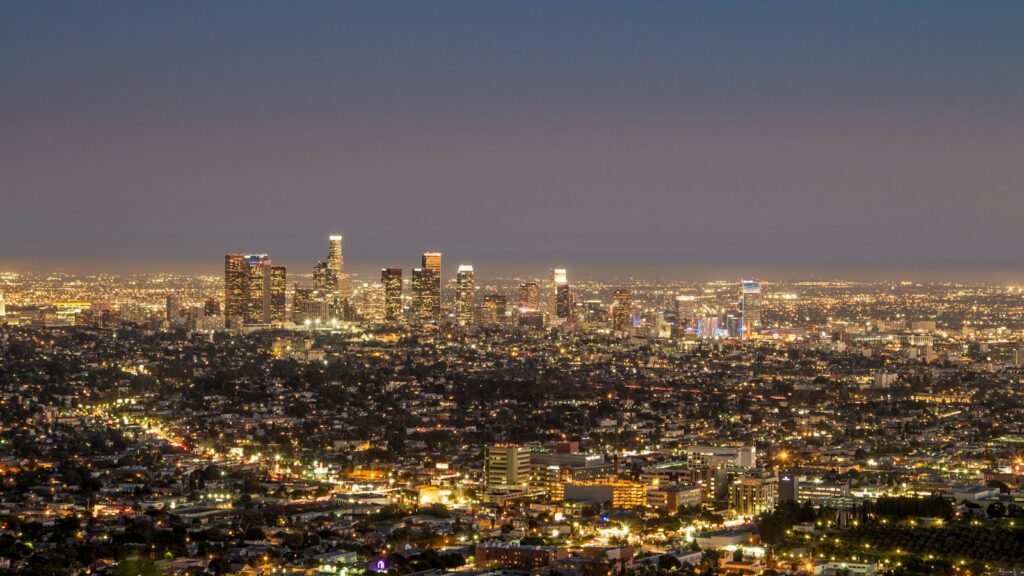
Human activities have profoundly altered the Pacific Flyway landscape, yet analyses often fail to account for how these changes influence bird behavior and route selection. Wetland drainage has eliminated vast areas of natural habitat, while agricultural development has created new food sources that attract some species. Urban light pollution disrupts nocturnal navigation, while tall structures create collision hazards. Climate change is shifting the timing of seasonal resources that birds depend upon. Some birds demonstrate remarkable flexibility in adapting to these changes, while others struggle to adjust their ancient migration patterns. Conservation efforts now focus on maintaining habitat connectivity along the entire flyway, recognizing that the integrity of this aerial corridor depends on international cooperation across political boundaries.
Misunderstanding Competitive Interactions Between Species
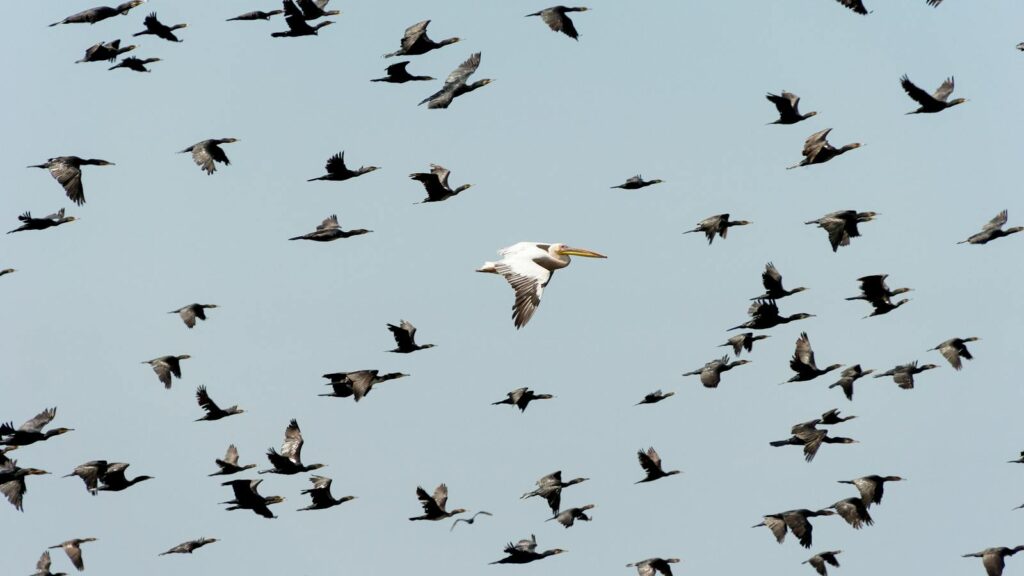
The Pacific Flyway hosts millions of birds from hundreds of species, creating complex competitive dynamics that influence habitat selection and migration timing. Different species have evolved strategies to minimize competition, including variations in migration timing, habitat preferences, and feeding techniques. Snow geese may arrive earlier to exploit specific food resources before other waterfowl appear in large numbers. Shorebirds of different sizes feed at different depths in the same mudflat, reducing direct competition. Understanding these interspecies relationships helps explain the staggered timing of migrations and the specialized habitat preferences observed along the flyway. Climate change threatens to disrupt these carefully evolved relationships by altering the synchronized timing that currently minimizes competitive conflicts.
Neglecting Physiological Constraints and Adaptations
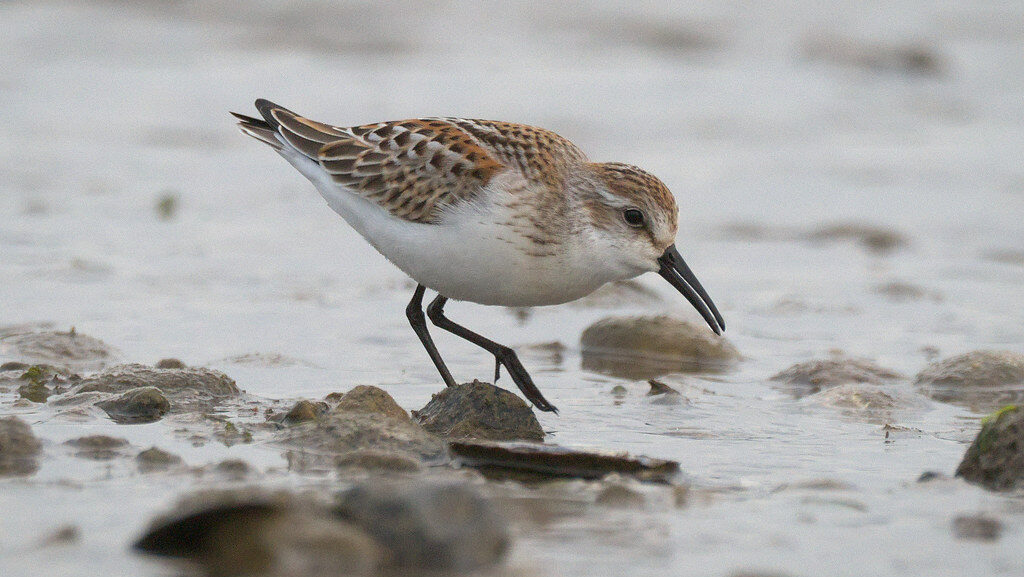
Bird physiology imposes fundamental constraints on migration strategies that must be considered when analyzing flyway selection. Different species have evolved specialized adaptations to meet the extraordinary demands of long-distance flight. Some birds, like Western Sandpipers, have digestive systems that can rapidly process food during brief stopover periods. Others, including many ducks and geese, can dramatically alter their organ sizes, shrinking digestive organs during active migration while enlarging flight muscles. Hummingbirds crossing the Gulf of Mexico may double their body weight before departure. The spacing of suitable habitats along the Pacific Flyway has coevolved with these physiological capabilities, creating a system where birds can typically reach the next suitable stopover before exhausting their energy reserves. Understanding these bodily limitations helps explain why certain routes are preferred over seemingly viable alternatives.
Failing to Consider Predation Risks

Predation risk significantly influences migration strategies but is frequently overlooked in flyway analyses. Birds face heightened vulnerability during migration as they navigate unfamiliar territories and concentrate in predictable locations. The Pacific Flyway’s geography offers relative safety for many species, with mountain ranges providing protection from some predators and large water bodies creating refuge areas. Migration timing may be influenced by predator abundance, with some birds traveling at night to avoid diurnal raptors. Others migrate in large flocks that provide safety in numbers. Stopovers with high predator densities may be avoided even if they offer abundant food. Some locations along the flyway have become traditional gathering points precisely because they offer good feeding opportunities with manageable predation risk, highlighting how safety considerations shape flyway selection.
Disregarding Cultural and Social Factors in Bird Migrations

The social dimensions of bird migration along the Pacific Flyway are frequently underappreciated in scientific analyses. For many species, migration isn’t simply an individual journey but a cultural tradition transmitted across generations. Young birds often learn migration routes by following experienced adults, creating persistent cultural knowledge within populations. Some species, like Snow Geese, maintain strong family bonds during migration, with parents guiding offspring on their first journeys south. Traditional gathering areas along the flyway may persist for generations due to this cultural transmission of knowledge. Experimental studies with hand-raised birds reveal that many aspects of migration are learned rather than purely instinctive. This social dimension helps explain the remarkable site fidelity observed in many migratory species, with birds returning year after year to the same stopover locations and breeding grounds.
Conclusion
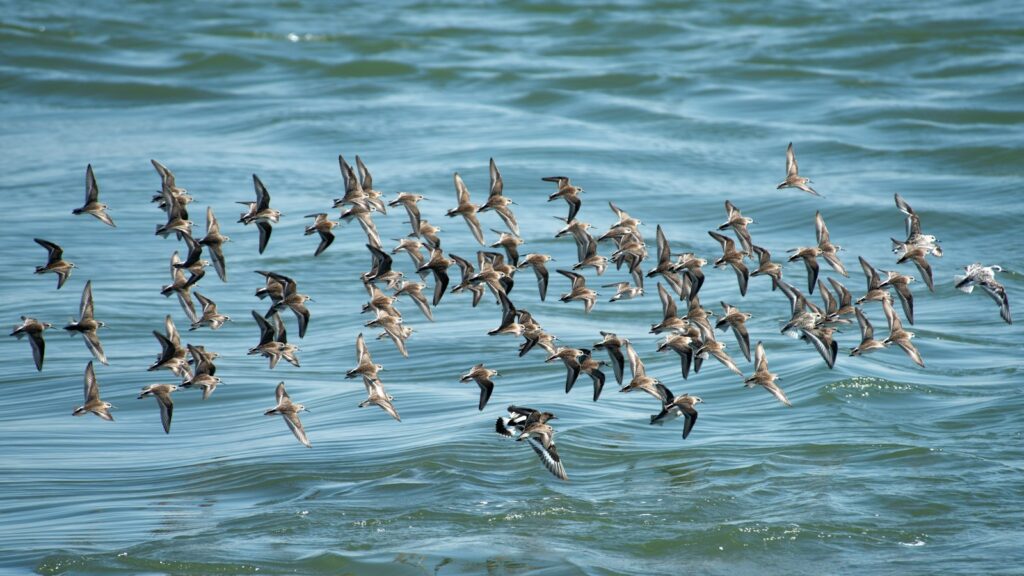
Understanding why birds choose the Pacific Flyway requires a multifaceted approach that considers geography, evolutionary history, food resources, weather patterns, navigation mechanisms, and the complex interplay between different species. By avoiding these common misconceptions, researchers and conservationists can develop more effective strategies to protect this vital migration corridor. As climate change and habitat loss continue to threaten migratory birds, accurate knowledge becomes increasingly crucial for conservation efforts. The Pacific Flyway represents not just a remarkable natural phenomenon but a living system that connects ecosystems across two continents, reminding us of the intricate interconnections that sustain biodiversity across our planet.
